GBI Special Report: Securing Sustainable Energy for Data Centers
How new technologies can help operators address power availability challenges.
According to the Electric Power Research Institute, data centers could consume as much as 9 percent of the U.S. total electricity generation by 2030, as revealed during one of the more engaging sessions at Green Buildings Initiative’s data center-focused Better Buildings Seminar.
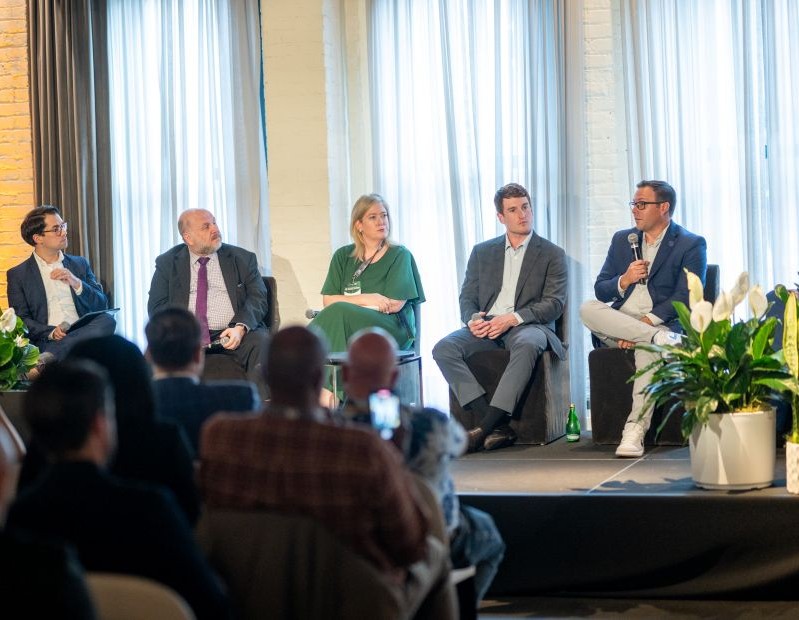
Entitled “Collaborating for Reliability: Sustainable Energy for Data Centers and Communities,” the panel discussion began with this troubling statistic. The number one risk confronting data center operators and their surrounding communities remains power availability.
The panel focused on existing and emerging power technologies to decarbonize, alleviate grid pressure, positively contribute to local communities and meet the energy requirements of a fast-expanding sector.
Ben Taylor, head of business development for Independence Hydrogen, a veteran-founded and operated provider of clean hydrogen, led off the discussion by stating clean hydrogen can serve as the bridge between today’s natural gas and future nuclear power in powering the industry. “It creates optionality, and it will be incorporated more and more into data centers to fill the gap in energy needs,” Taylor asserted.
READ ALSO: Fostering Success for Data Center Projects
Brian Jabeck, vice president, business development for structural engineering firm Bennett & Pless Inc., opined that the data center industry has become too critical of itself. “This industry has paid for all the wind and solar energy put into this country,” he said. “We’re the industry that can lead the way forward. Natural gas plants need to provide the power that wind and solar can’t. Pivot the conversation beyond green and sustainability, focus a little bit more on efficiency.”
Growing talk
Spencer Stanton, director of business development with Chicago-based energy storage company Jupiter Power, noted that in late April, the entire energy grid of Spain collapsed, resulting in a total blackout across the Iberian Peninsula. The collapse occurred as a result of a sudden generation loss in less than five seconds. “That’s the risk we need to think about today as we design these facilities,” Stanton said.
Told by another panelist her name was an ideal one for her role, Solar Landscape General Counsel & Executive Vice President Grace Power provoked laughter with a lighting-like response. “I’ve never heard that before,” she deadpanned.
She noted data centers are the growing topic of talk in statehouses and on Capitol Hill. “There’s much more attention to transmission lines and where to put transmission than ever before,” she remarked.
“While a lot of folks are saying their solutions are two years away, Solar Landscape is the leader in rooftop solar, and we put that right into the grid . . . We are the only form of energy distribution that doesn’t have NIMBY issues. We don’t have to worry about site control, or farmland. You’re putting it on top of a roof no one would know was there.”
Driving innovation
Buddy Rizer, executive director of economic development for Loudoun County, Va., returned to the topic advanced earlier by Jabeck, noting the last couple of years have been tough for the industry, which hasn’t done a good enough job “getting the word out,” he said. “We have done more in Virginia to pay for renewable energy than the power companies themselves have. We should be talking more about this. The industry is driving innovation forward to meet needs.”
He added he speaks to communities around the country, finding some are enthusiastic about data centers arriving, while others are “scared to death,” adding the industry must be aware of organizations such as Residents Against Giant Electric (RAGE).
He joked it also might need to prepare for opposition from CAVE, or Citizens Against Virtually Everything. He invariably tries to engage with people from such groups. “And it’s amazing how different they will be when you actually talk to them, and when you present the other side of the story,” he said. “Be empathetic, be understanding, but make sure you give them the right information.”


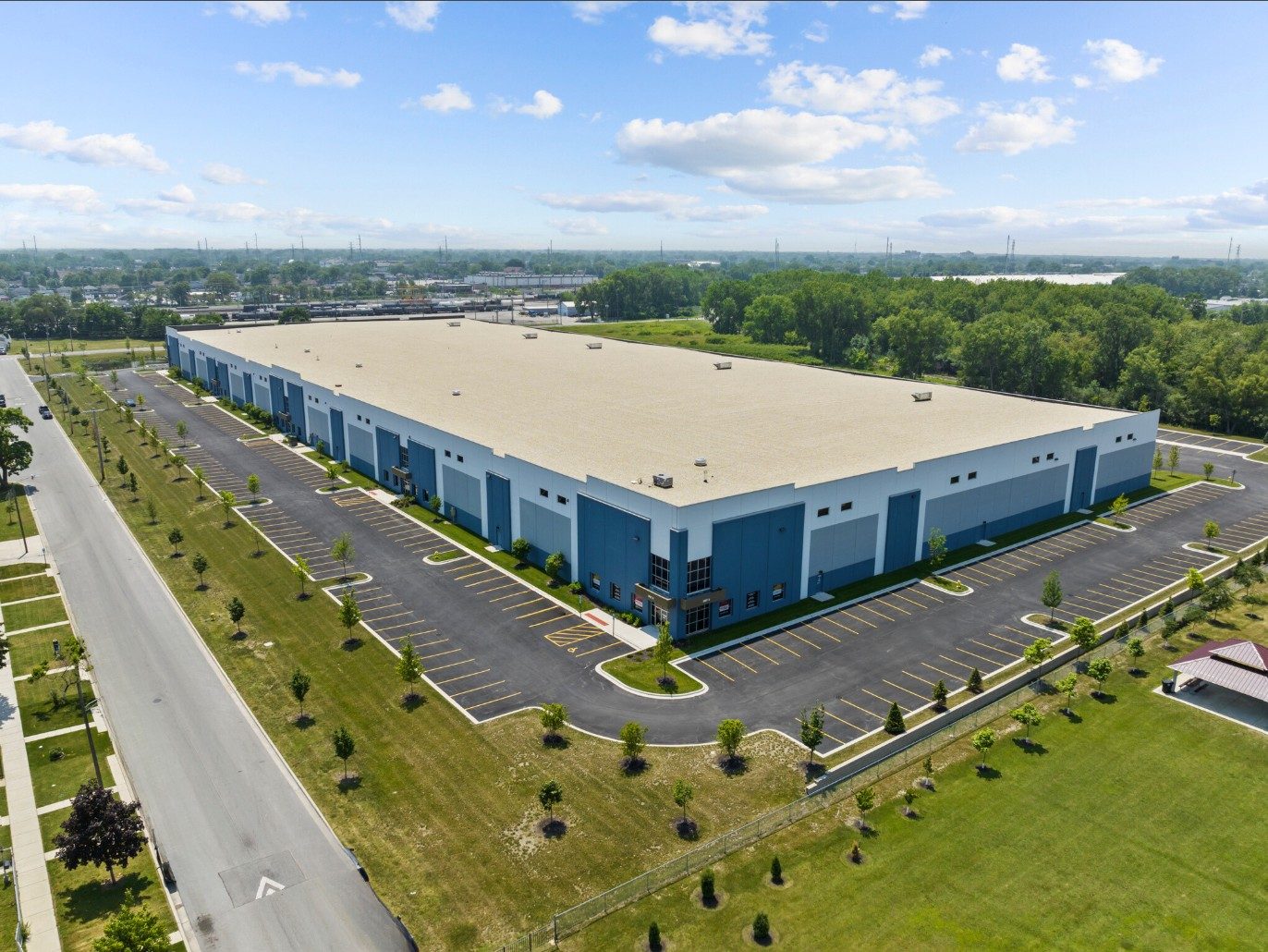
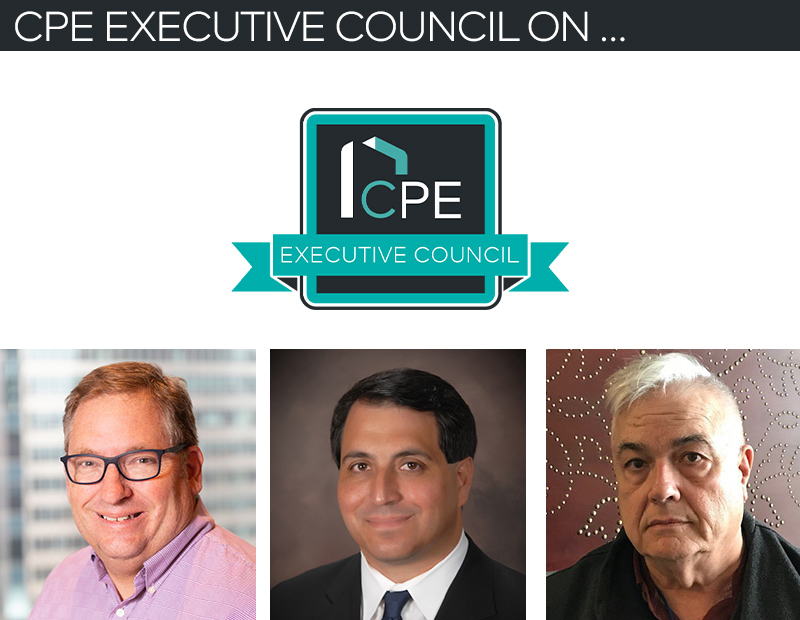

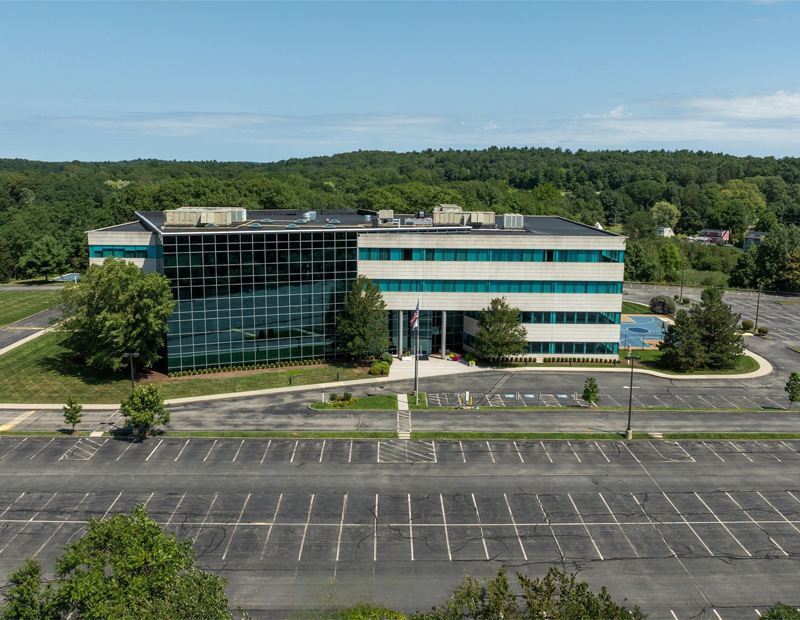
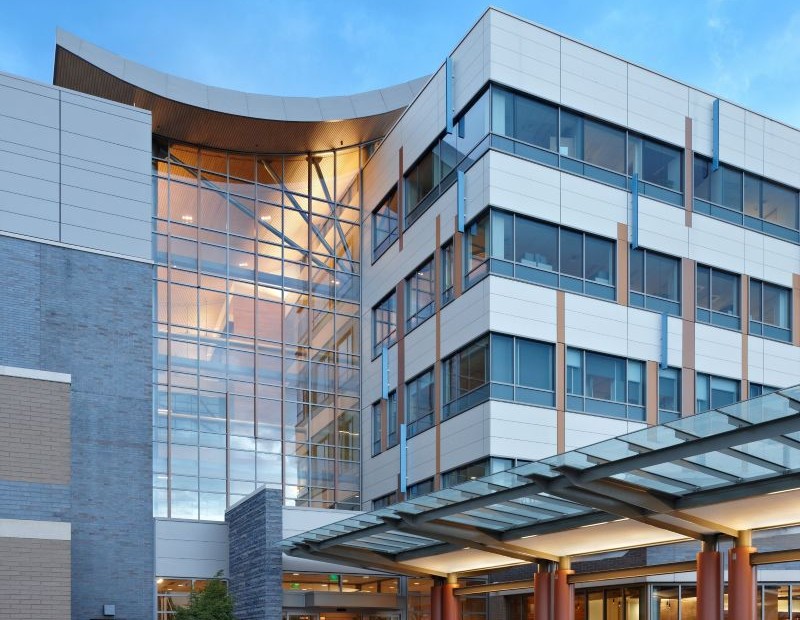
You must be logged in to post a comment.